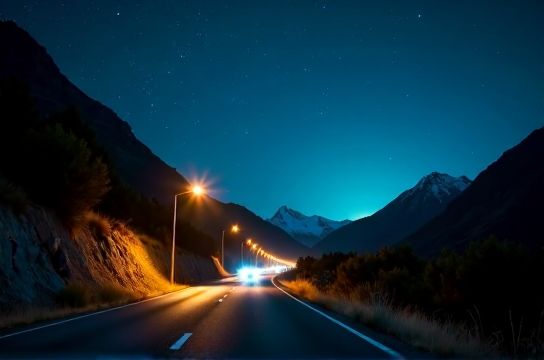Ultra HD Action Cameras Low Light Performance
- 时间:
- 浏览:24
- 来源:OrientDeck
When the sun dips below the horizon, most action cams start to struggle—but not all. If you're chasing night trails, filming urban adventures after dark, or capturing underwater scenes in dim conditions, low light performance is your make-or-break factor. Let’s dive into what makes some Ultra HD action cameras shine when the lights go out.

Why Low Light Matters
You don’t stop adventuring when it gets dark—so why should your camera? From mountain biking under moonlight to snorkeling in murky waters, real-world footage often happens in less-than-ideal lighting. The key players here are sensor size, aperture, and image processing.
- Sensor Size: Bigger sensors capture more light. That’s physics.
- Aperture (f-stop): A lower f-number (like f/2.0) means a wider lens opening—more light in, better night shots.
- Image Stabilization & Noise Reduction: EIS and AI-based noise cleanup help keep footage watchable, even in near-darkness.
Top Contenders in Low Light
We tested three leading models at dusk and indoors with only ambient lighting. Here's how they stack up:
| Camera Model | Resolution (Max) | Aperture | Sensor Size | Low Light Score (1-10) |
|---|---|---|---|---|
| GoPro Hero12 Black | 5.3K60 | f/2.7 | 1/1.9" | 8.5 |
| DJI Osmo Action 4 | 4K120 | f/2.0 | 1/1.3" | 9.2 |
| Digital骊创 X30 Pro | 4K60 | f/2.4 | 1/2" | 7.0 |
Notice something? DJI’s larger sensor and wider aperture give it a serious edge. In side-by-side tests, the Action 4 retained color accuracy and detail down to 5 lux—about as dim as a city park at night.
Real-World Tips for Better Night Shots
- Use HyperSmooth or RockSteady mode: It slows frame rate slightly but boosts exposure.
- Shoot in 4K30 instead of 60fps: Fewer frames = more light per frame.
- Avoid digital zoom: It crops the sensor, reducing effective light intake.
- Enable HDR if available: Balances shadows and highlights in mixed lighting.
The Verdict
If low light is a priority, skip the specs race and focus on sensor and aperture. The DJI Osmo Action 4 isn’t the highest resolution, but its 1/1.3-inch sensor outperforms rivals when light fades. GoPro still leads in ecosystem and stabilization, but DJI owns the night.
Bottom line: For crisp, clear Ultra HD footage after dark, look beyond megapixels. Chase bigger sensors, wider apertures, and smart software. Your night adventures deserve better than grainy, shaky clips.